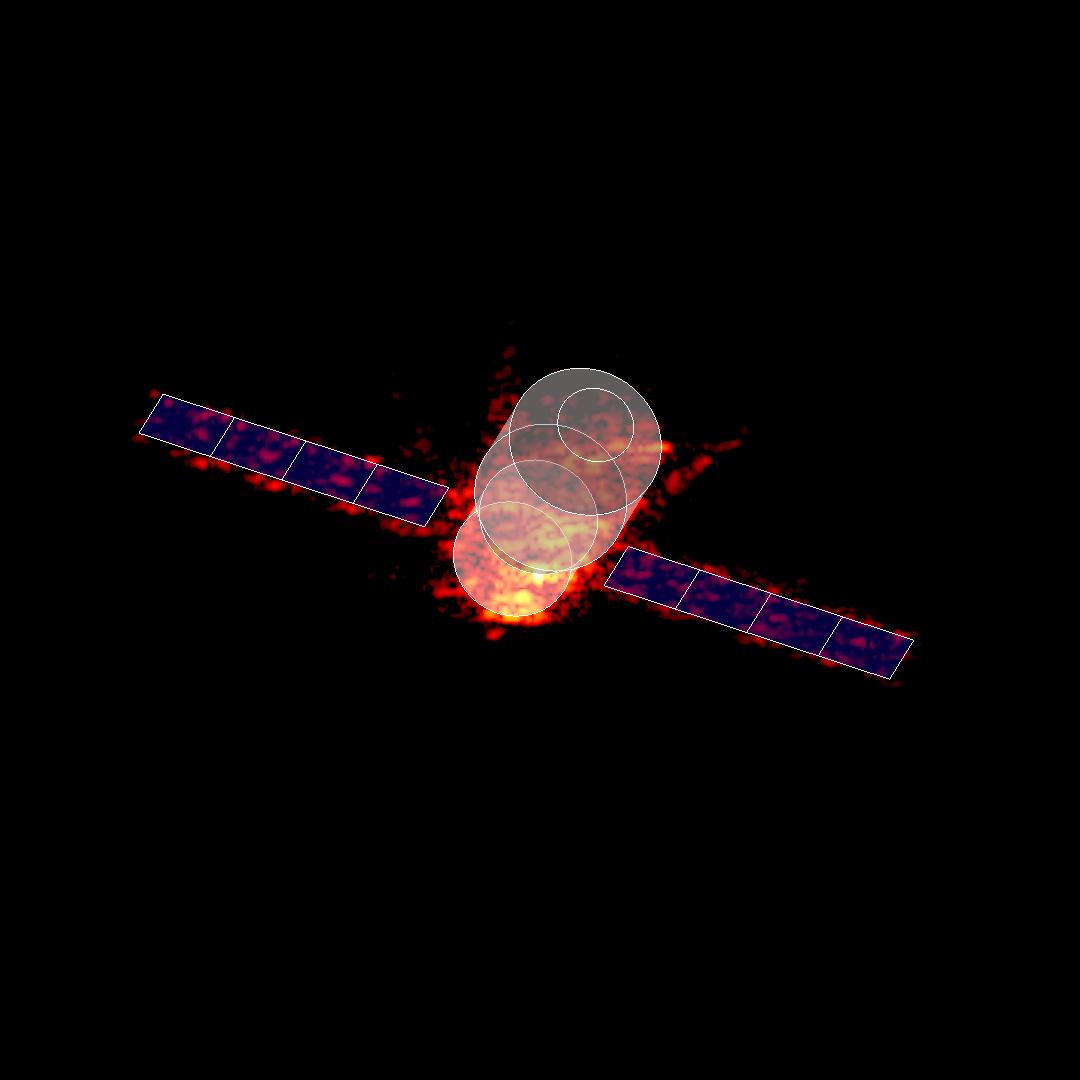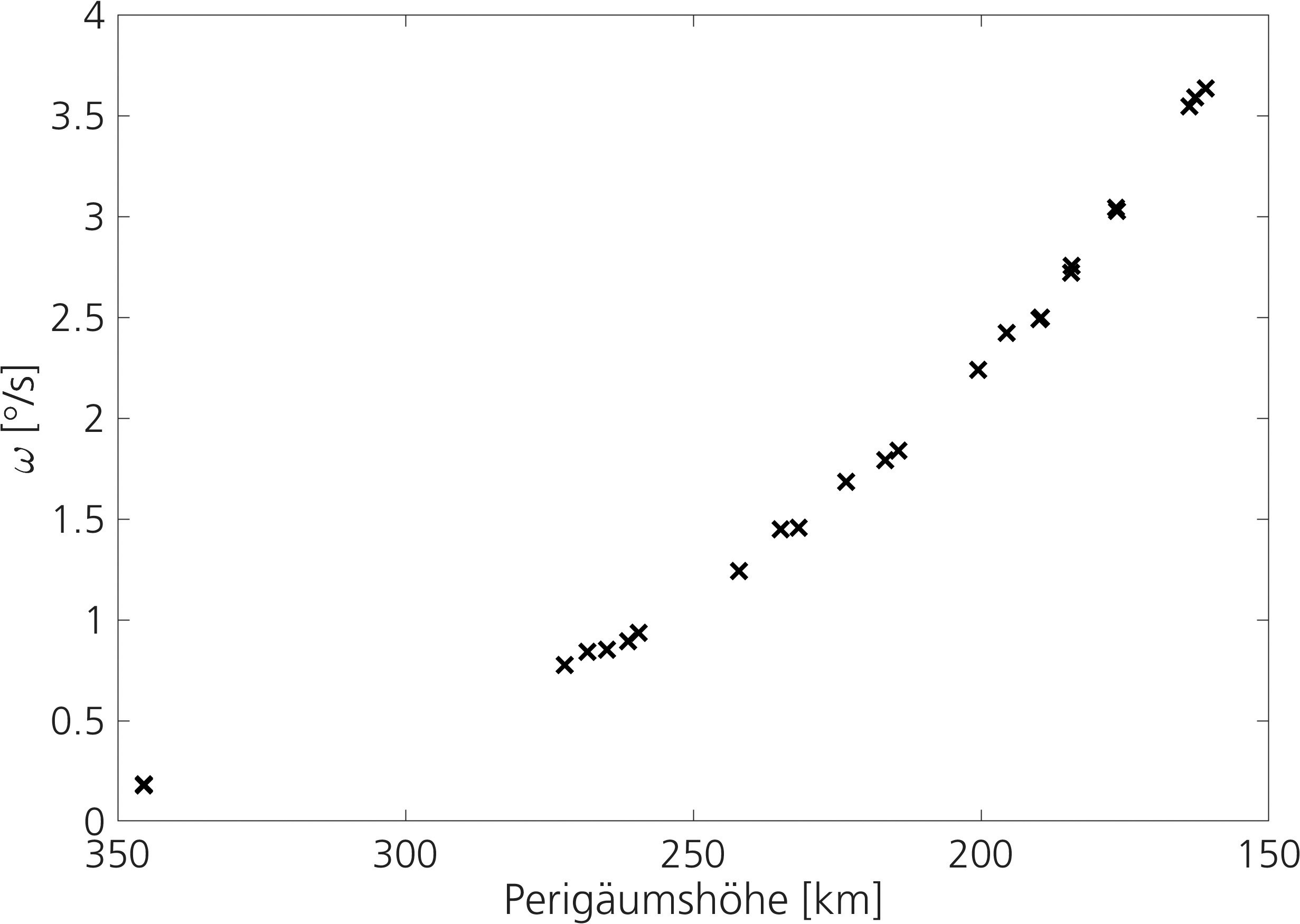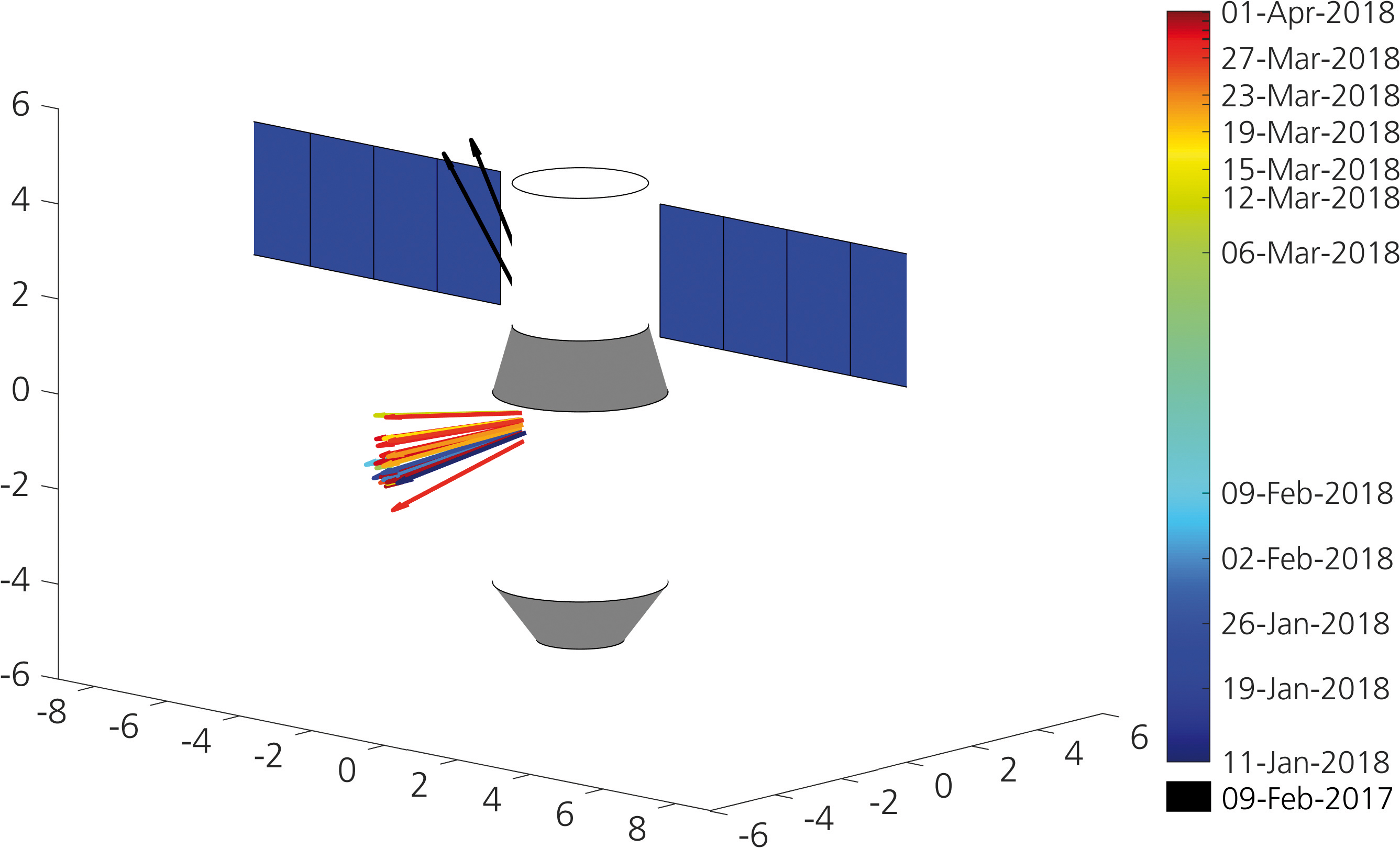Monitoring the re-entry of the chinese space station Tiangong-1 with TIRA
The media spotlight was on the Chinese space station Tiangong-1 as it entered the Earth's atmosphere and crashed on Easter 2018. In this process, Fraunhofer FHR supported the German Space Situational Awareness Center and the European Space Agency (ESA) with up to date, highly accurate orbit parameters and data about the station´s rotation behavior.



The formerly manned Chinese space station Tiangong-1 was brought into orbit in 2011 to a height of approximately 360 km. As of spring 2016, the station was considered to be uncontrolled and thus no further orbit corrections were made. Finally, on April 1, 2018, Tiangong-1 burned up to a large extent in the Earth's atmosphere, and remaining individual fragments possibly fell into the Pacific Ocean. According to current research, the location where a space object will crash onto Earth can only be predicted with a high degree of uncertainty. Low satellite orbits are subject to outside influences that change significantly. The Earth's atmosphere is still present at these heights, even though less than at ground level, gradually slowing down the object. This braking effect leads to a lowering of the orbit. Because of the denser atmosphere at lower heights, the braking force increases continuously, and thus the lowering accelerates as the height decreases.
Fraunhofer FHR regularly supports authorities and international organizations with up-to-date data during the preparations and finally all the way up to re-entry. With the high-performance radar TIRA, the orbit data is accurately captured, while the objects are also imaged using ISAR procedures. In the case of Tiangong-1, Fraunhofer FHR worked with the Space Situational Awareness Center of the German Armed Forces and ESA. In addition, Fraunhofer FHR carried out its own observations for research purposes.
At the beginning of the re-entry phase, the effects caused by the Earth's atmosphere, are relatively low. By entering into denser atmospheric layers, these effects increase significantly, and the observation intervals have to be shortened accordingly to make a good prediction of the re-entry time. Then, just before the re-entry, each flyover is tracked. This was also the case for Tiangong-1, as the last visible pass was picked up by TIRA on Easter Sunday at 9:49 a. m. local time.
The calculated orbit parameters and the current predictions were promptly transmitted to the Space Situational Awareness Center, which was able to use the data for its own re-entry predictions. Within the scope of the campaign, Fraunhofer FHR determined orbit data sets for this purpose and also regularly checked the condition of Tiangong-1 based on radar images. Currently, Fraunhofer FHR is the only entity making this type of radar images available to the public. Thus, the published radar images of Tiangong-1 attracted attention around the world.
In addition, TIRA was used to systematically study the rotation behavior of a space object during re-entry for the first time. Because of a possible rotation, the cross-sectional area that is streamed against can change over time, and this can affect the re-entry time. The complete rotation vector, i. e. the rotation axis as well as the rotation speed, and the position in space can only be captured by means of imaging radar methods. In an iterative process, the rotation vector is calculated by means of a series of images created during a pass. By adapting a 3D model of the object to such an image series, the rotation vector can be determined for each observation. Figure 1 shows a radar image with a transparent, overlaid 3D model. This provides for the correct scaling of the radar images on one hand and for the use of the determined rotation vector to examine the natural rotation of re-entry objects on the other hand. In the case of Tiangong-1, which Fraunhofer FHR had been observing for more than one year, it was possible to calculate the corresponding rotation vectors for 24 observations. Figure 2 shows the rotation speed depending on the orbit height. With a decreasing orbit height, a significant increase in rotation speed becomes evident, in particular towards the end of the re-entry phase. Figure 3 shows the respective position of the rotation axis in relation to the object coordinate system. During a large part of the re-entry phase, the rotation axes are perpendicular to the solar panel plane.
In a next step, Fraunhofer FHR will examine the extent to which the re-entry predictions for re-entering objects can be improved by taking into account the information about the orientation and the intrinsic rotation of spacecraft.